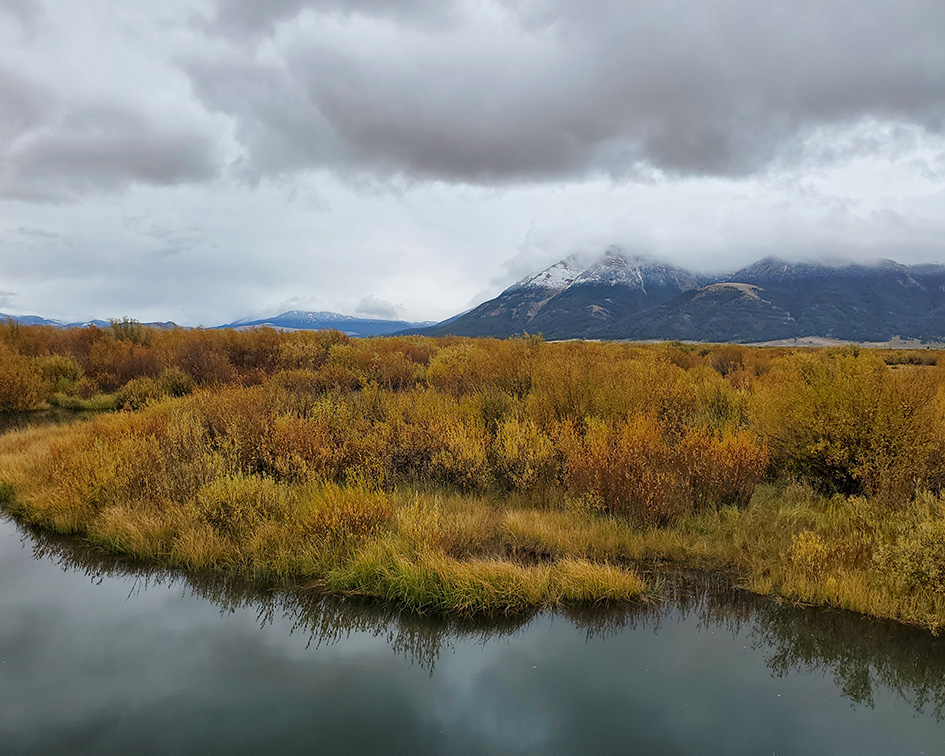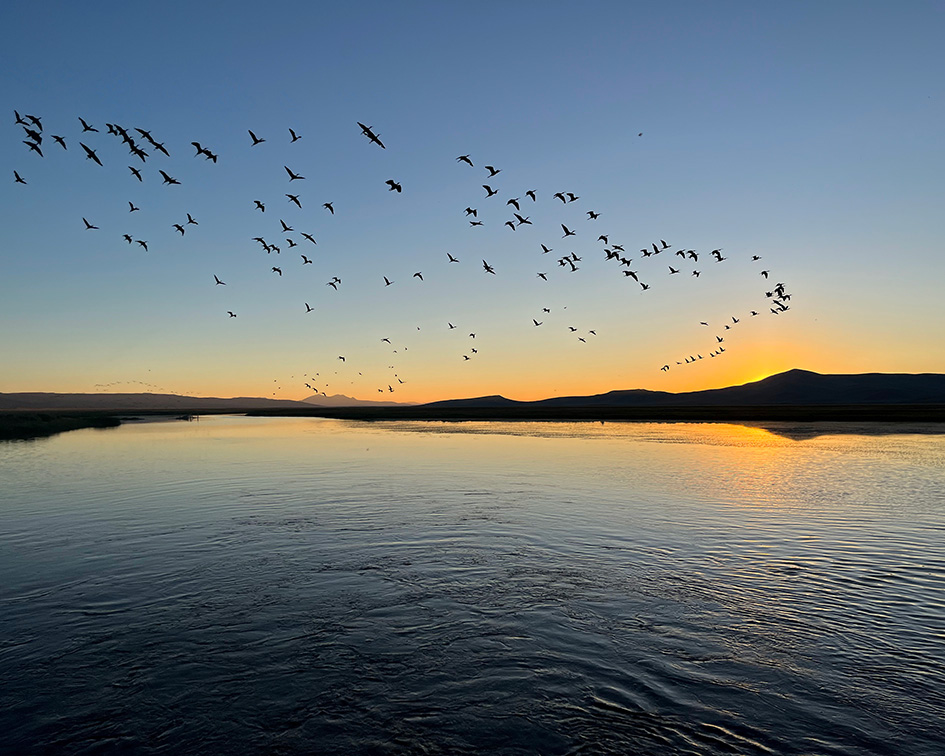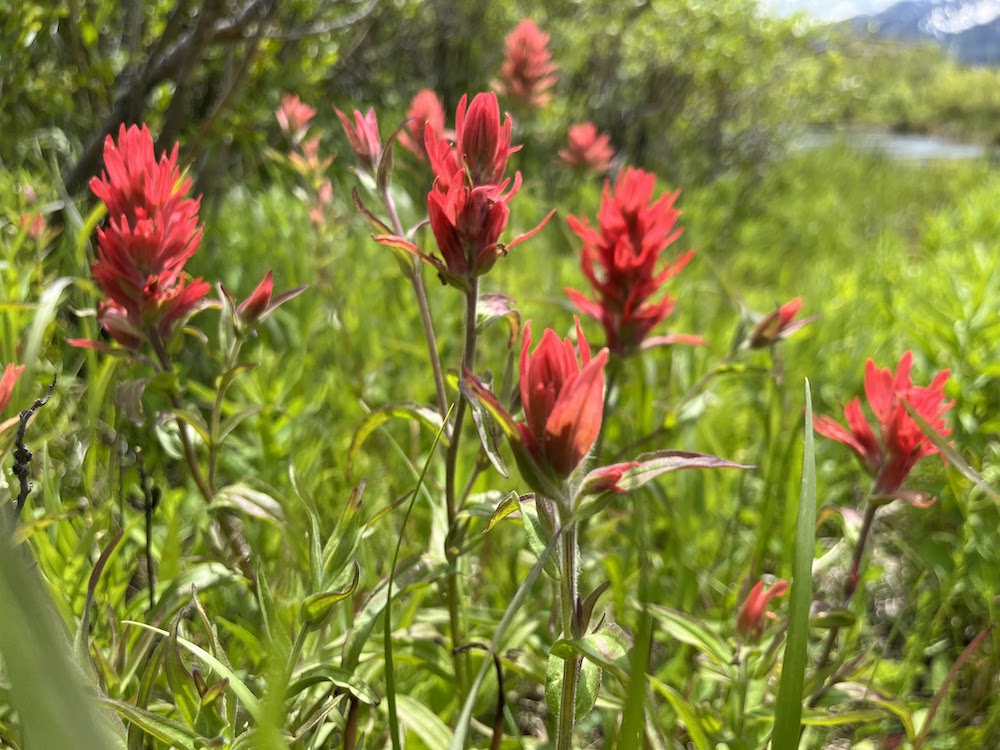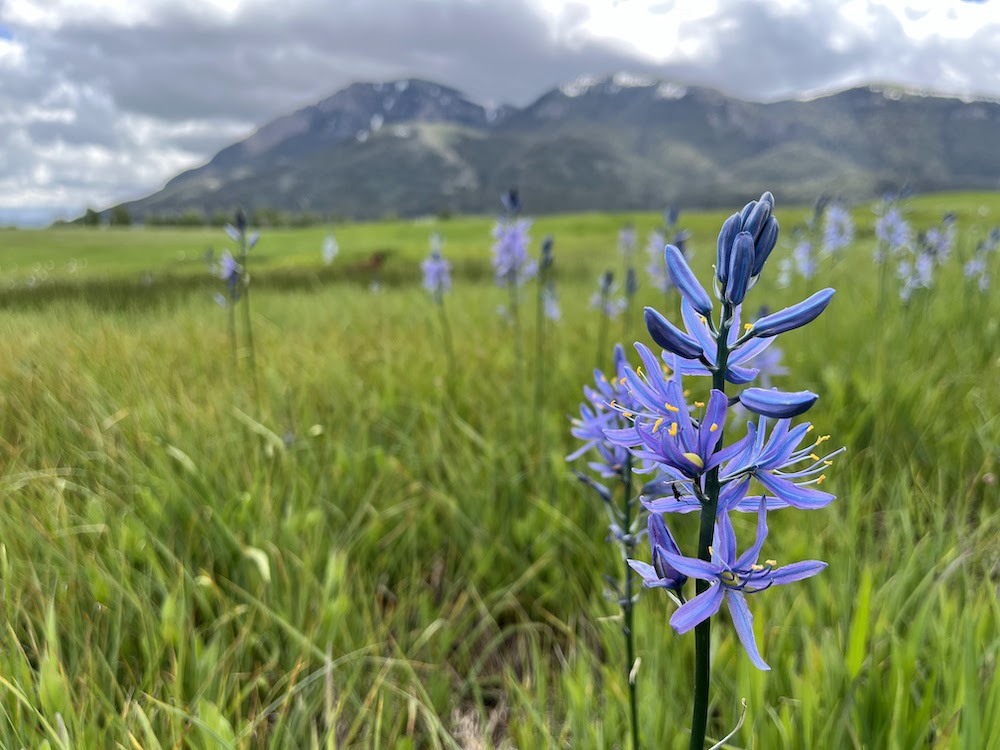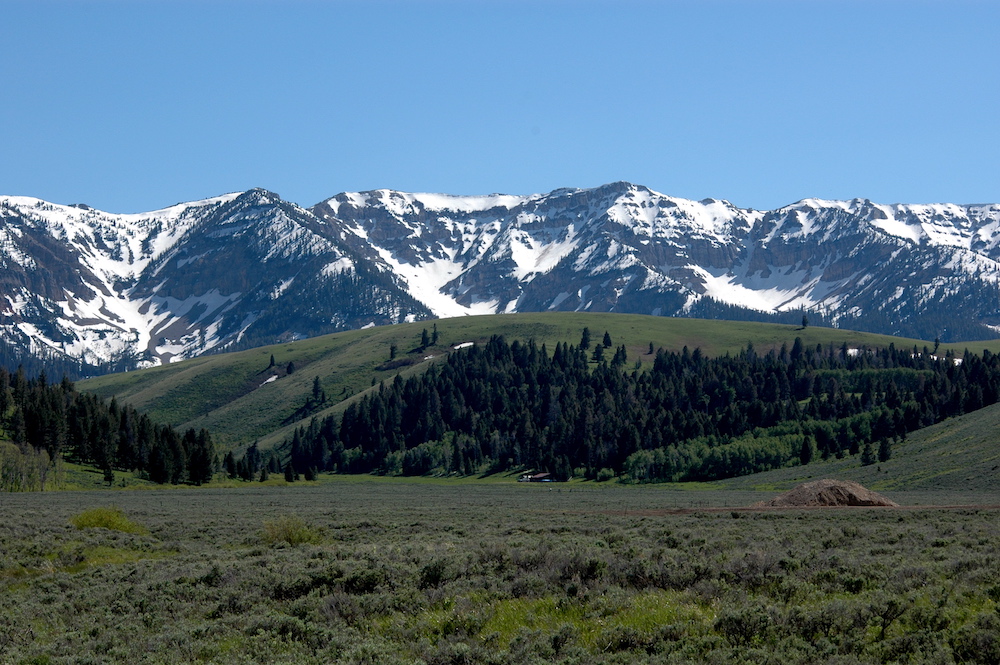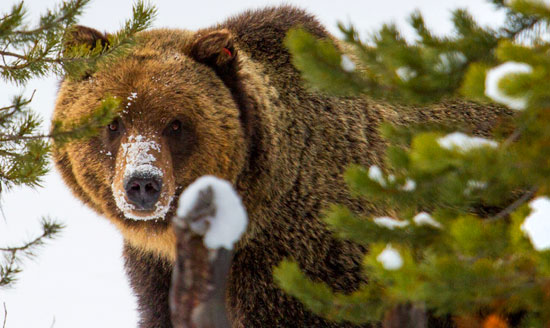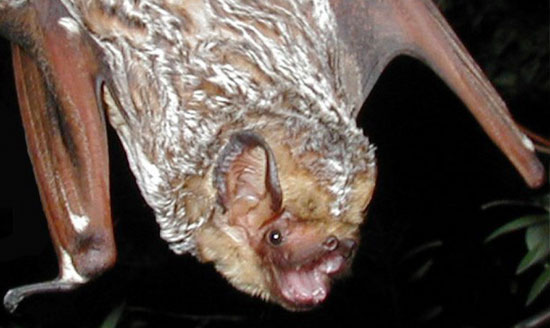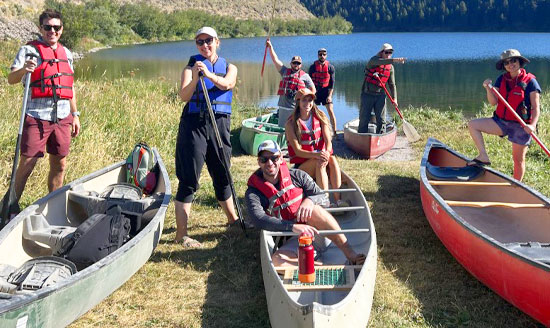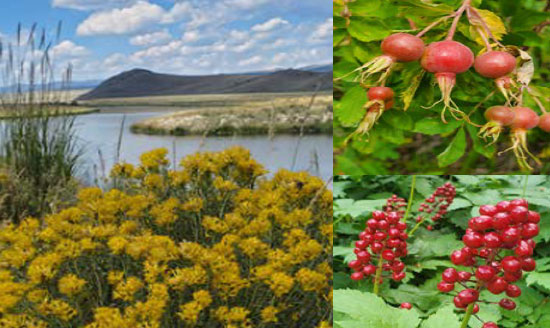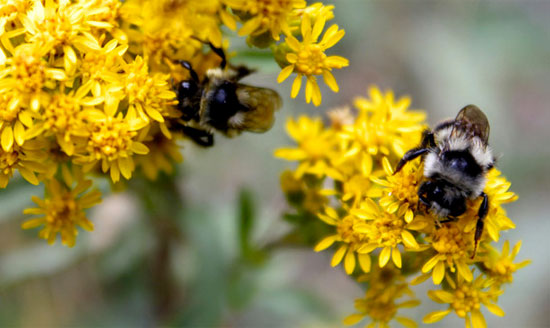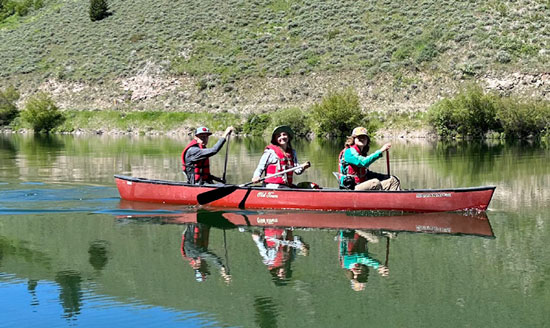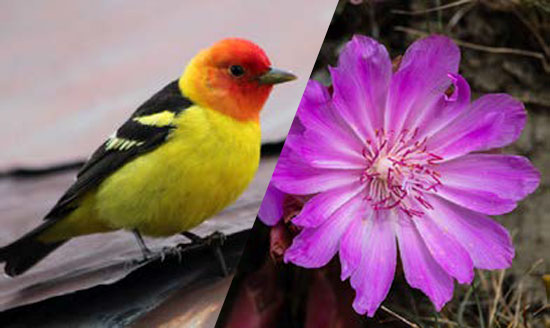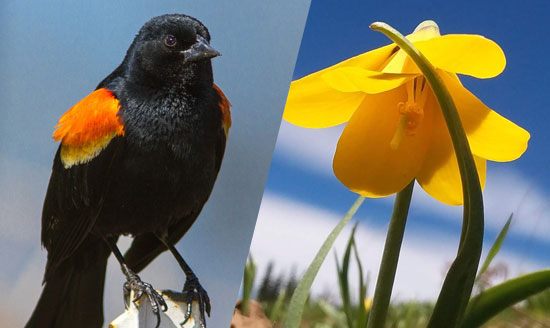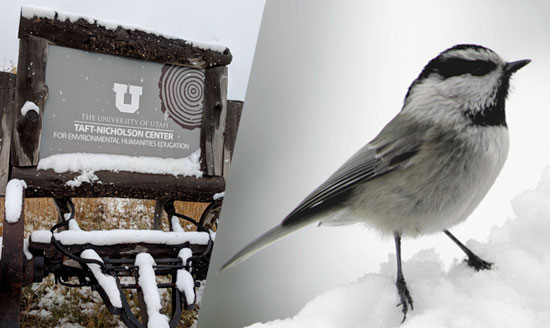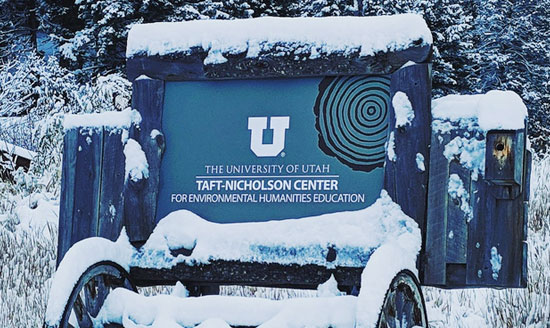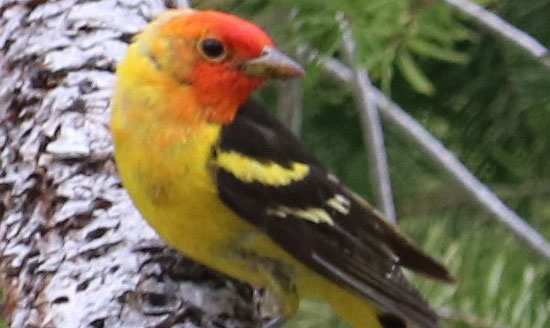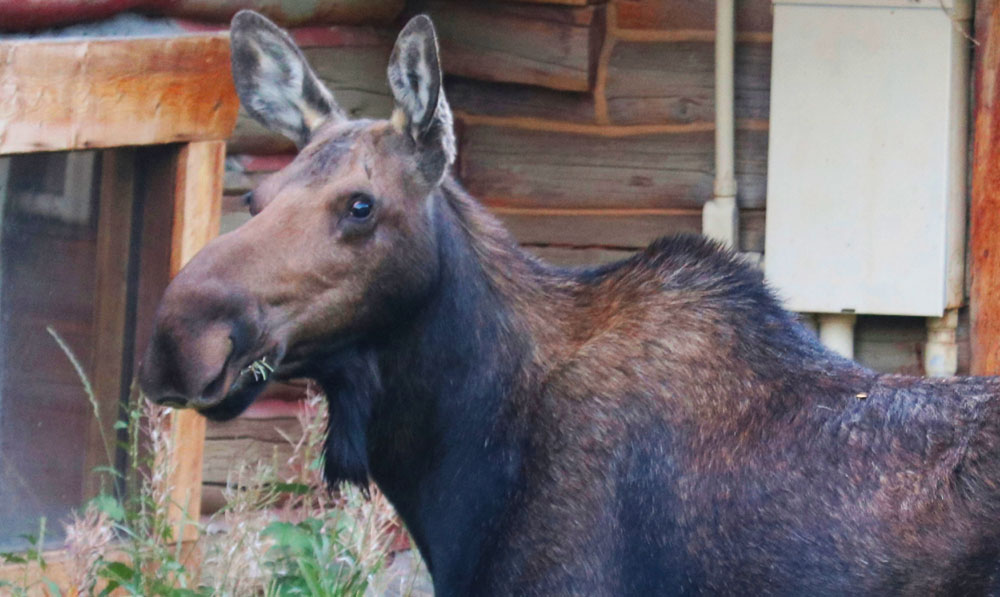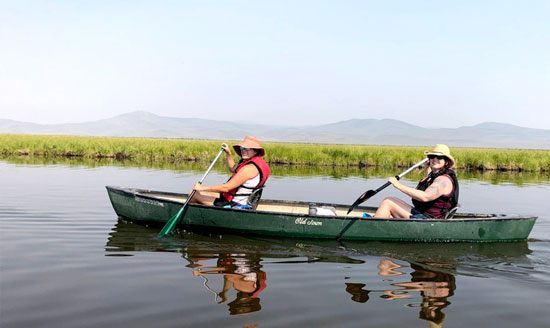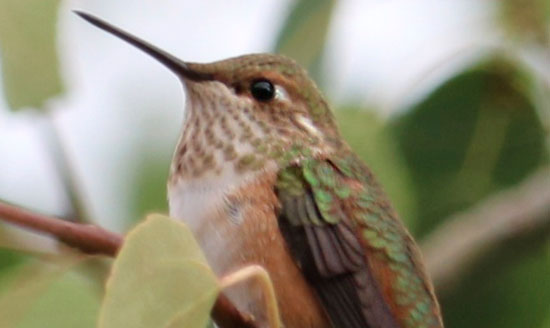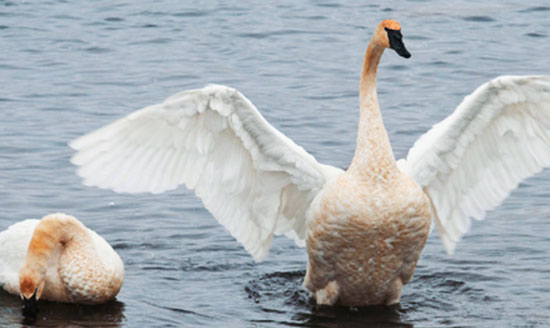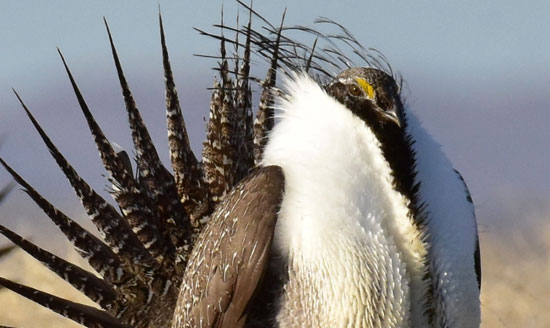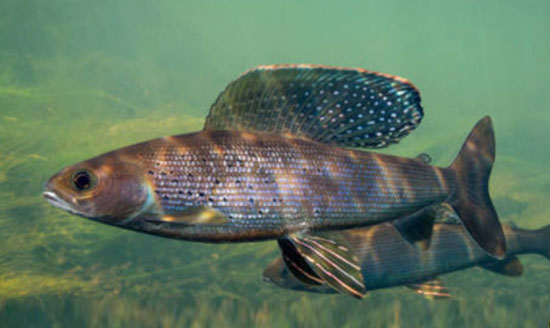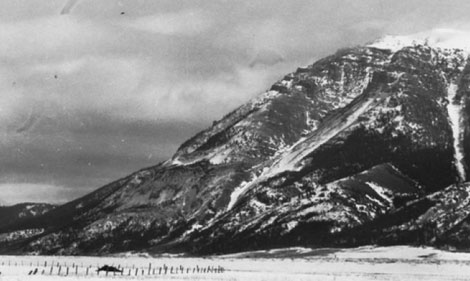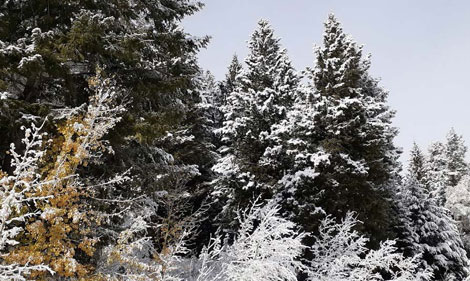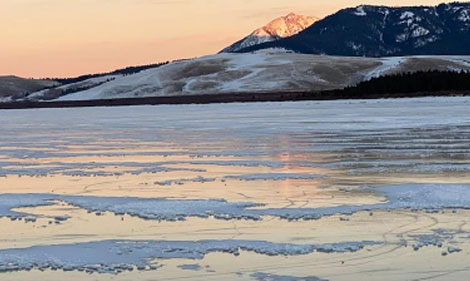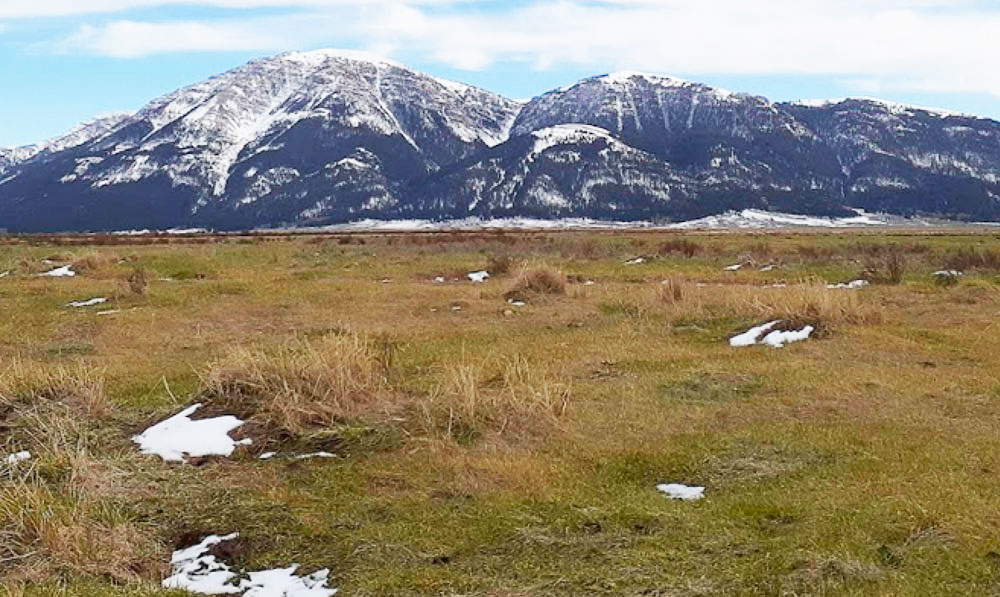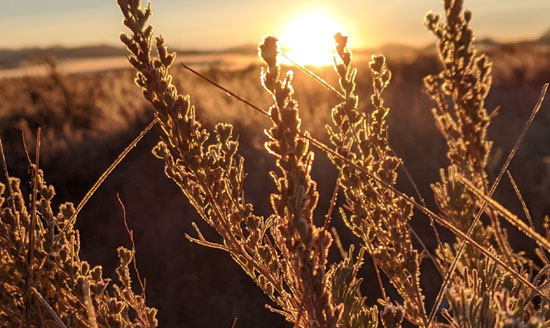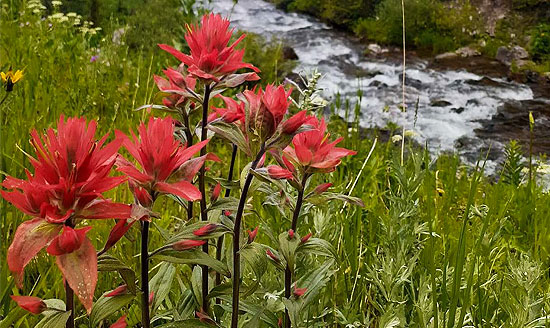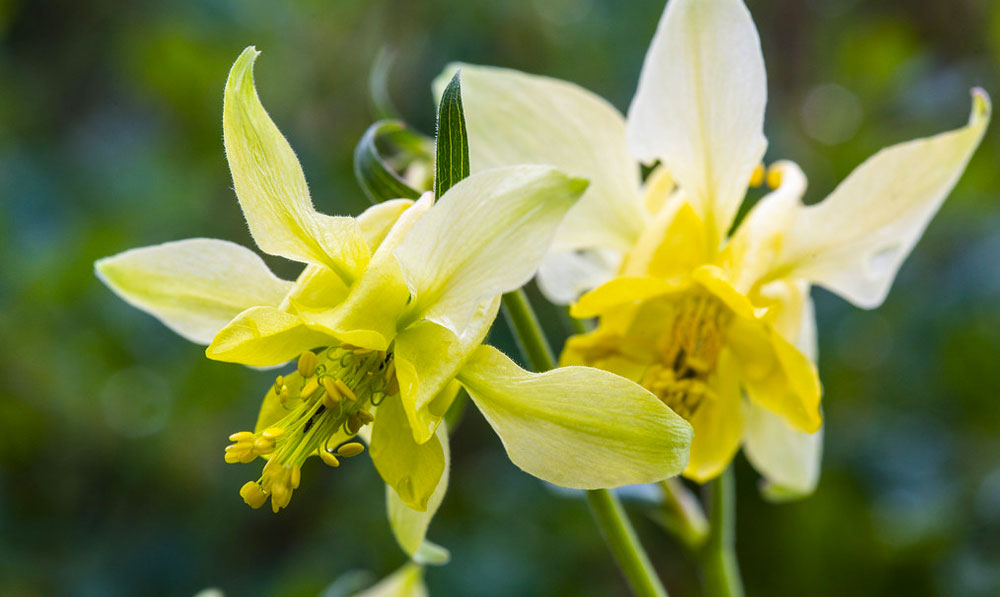Taft-Nicholson Newsletter
A monthly newsletter bringing you the happenings of the Taft-Nicholson Center and views of the Centennial Valley
Stay up to date with the Taft-Nicolson Center by subscribing to our monthly newsletter!
2025 Newsletter
October Newsletter
The Center's closed, and we're doing a creature feature
August Newsletter
Read about our August at the Taft-Nicholson Center
July Newsletter
The newsletter returns! Updates from the first half of our season.
2023 Newsletter
Fall Newsletter
In Montana, spring and fall are the main mushroom seasons. The exact timing varies by species and is dependent on weather. This fall, we had plenty of late summer rain, which led to a mushroom superbloom, and provided a perfect opportunity to appreciate the fantastic fungi around us.
August Newsletter
Centennial Valley contains the largest wetland complex in the Greater Yellowstone Ecosystem. Despite all this water, only four amphibian species call this valley home: western (or boreal) toad, Columbia spotted frog, boreal chorus frog, and blotched tiger salamander. Read more about these amazing species, catch up on the Taft-Nicholson Center happenings, and meet our most recent Artist-in-Residence.
July Newsletter
Some species push the limits of where a tree can grow. In the Centennial Mountains and nearby ranges, one of these high-elevation superlatives is the whitebark pine. On exposed mountain slopes, they have to contend with heavy snow loads and high winds. But the most impressive aspects of these trees are the important roles they play in this rugged ecosystem
June Newsletter
After a long and exceptionally wet winter, things are finally starting to warm up and wildflowers are blooming! Learn about some of the flowers we've been excited to see popping up this season. Plus, get updates on the start of our 2023 season and meet Artist-in-Residence Kristen Vardanega.
Spring Newsletter
Some species push the limits of where a tree can grow. In the Centennial Mountains and nearby ranges, one of these high-elevation superlatives is the whitebark pine. On exposed mountain slopes, they have to contend with heavy snow loads and high winds. But the most impressive aspects of these trees are the important roles they play in this rugged ecosystem
January/February Newsletter
Let’s face it - some animals just aren’t cut out for winter. Some journey to warmer locations, whether that be nearby lower elevations or much further lower latitudes. Others lie low for a few months, awaiting the arrival of spring. Even most of those that stay active on the landscape merely tolerate winter. Only some can be said to truly thrive in winter. These are known as chionophiles, a term that translates to “snow lover”. These are animals with unique adaptations specifically suited for frigid temperatures and deep snow.
2022 Newsletter
November/December Newsletter
What happens when bears, wolves, and mountain lions converge? The Greater Yellowstone Ecosystem is one of the few places in the United States where these large predators overlap. This wasn’t always the case. All three species historically had much larger ranges in North America. Grizzly bears once roamed the Great Plains west to the coast of California, from Alaska into Northern Mexico, but current populations in the lower 48 are limited to pockets of Wyoming, Montana, Idaho, and Washington.
October Newsletter
As we approach winter and our days are filled with more hours of darkness, it feels fitting to give tribute to the usually misunderstood creatures that rule the night. We often think of our mostly diurnal lifestyle as the norm, but many animals thrive in the darkness. Our earliest mammalian ancestors were likely nocturnal, a tactic used to avoid the reptilian predators that ruled the day. Over half of all mammal species living today remain nightdwellers. Bats are perhaps the most iconic, and misunderstood, of these.
September Newsletter
Fall has arrived, and the aspens are putting on a show. While aspens are far outnumbered in the Centennial Mountains by Douglas firs and other conifers, it’s hard to ignore these trees when they start donning their golden leaves. Quaking aspens (Populus tremuloides) are one of the few deciduous trees in Centennial Valley, alongside several species of willows and the occasional cottonwood. Deciduous trees are of course famous for their fall colors. In response to shortening day length, as photosynthesis becomes less efficient, leaves begin to senesce.
August Newsletter
The appearance of wild berries is one of the first signs of summer nearing an end. The ripening of these fruits coincides with the timing of animals preparing for winter. Bears are now in hyperphagia, and spend large portions of their day eating berries and other plant foods. During this physiological phase, they consume as many calories as possible to fuel them through five months of hibernation when they are living solely off of fat reserves. Meanwhile, many birds are preparing for their long journeys ahead by fueling up on berries.
July Newsletter
July often means peak wildflower season, and this month did not disappoint. Thanks to spring rain, the Centennial Valley has been blanketed in colorful blooms and abuzz with pollinators. Around three quarters of all flowering plants rely on other species for pollination, though these pollinators don't often get the recognition they deserve. The honeybee is perhaps the most well-known pollinator. This species that was brought over from Europe often gets most of the attention, but there are at least 4,000 other bee species that are native to North America.
June Newsletter
June mornings in Lakeview are filled with a stunning chorus. Featured songs include those of white-crowned sparrows, mountain chickadees, ruby-crowned kinglets, olive-sided flycatchers, and even the raucous calls of sandhill cranes. The main difference between a call and a song boils down to what it’s used for. Songs are mostly used to attract mates or defend territory. Calls communicate a variety of things including information about food location, warnings about predators, and pair or flock bonding.
May Newsletter
The colors that transform the spring landscape start on a molecular level. The vibrant hues of plants, whether it be in the bright green of new leaves or the brilliant array of wildflower petals, are created by pigments. These are substances that reflect certain wavelengths of light, producing color, and absorb the rest. There are four main classes of pigments found in plants. Chlorophyll is probably the most well-known of these, which is a key component of photosynthesis and creates the green color that is unique to photosynthesizing organisms.
March/April Newsletter
Spring is in the air. Temperatures are slowly warming, and migratory birds have begun their northerly travels. Over the years, ornithologists have documented restlessness in migratory birds around this time of year. They’ve given it the name Zugunruhe, a German-derived compound word that translates to movement or migration restlessness. The journeys they embark on are unparalleled by most terrestrial animals.
January/February Newsletter
Centennial Valley is a hotspot for birds of all sorts during the spring and summer months, with early mornings filled with bird songs. Winter is a much different story. Many of these bird species are now long gone, driven to warmer climates by the threat of frigid temperatures and snow. Those who stay behind must rely on a variety of physiological and behavioral tactics to survive harsh winters.
2021 Newsletter
November/December Newsletter
Centennial Valley is home to several ungulate species during the warmer parts of the year: moose, elk, mule and white-tailed deer, pronghorn, even domestic cows. But moose are the only ones who stick around in the winter. They are much better adapted to the snowy landscape than their relatives.
October Newsletter
The first snow of the season has fallen over Centennial Valley, marking the slow approach of winter. This means elk, deer, and pronghorn are nearing the end of their mating seasons and will begin their treks to seek out milder winter habitats at lower elevations. Our artists-in-residence also share their experience.
September Newsletter
This time of year, millions of birds may be taking flight across North America on any given day. A variety of factors can trigger bird migration, including hours of daylight, temperature, availability of food, and genetics. Birds use a combination of tactics for navigation during this dangerous time.
August Newsletter
Summer is slowly coming to an end. Subtle changes in temperature and daylight signal the approaching transition of seasons. Recent rainstorms brought us a taste of cooler weather. Shifts in animals' behavior also indicate the approach of fall as they prepare for the colder months ahead.
July Newsletter
We have been so grateful to once again be able to host faculty fellows and artists-in-residence this summer. Throughout July this year, we hosted ten faculty members representing the departments of biology, architecture, geology, visual art, writing, sociology, and educational psychology.
June Newsletter
June is usually a great time for wildlife viewing, and this month did not disappoint. A large herd of elk has been seen consistently in the valley between Sparrow Pond and Upper Lake. Moose have also been a common sighting this month, often found browsing on willows throughout the valley.
May Newsletter
Centennial Valley hosts one of the largest wetland complexes in Montana and the Greater Yellowstone Ecosystem. Wetlands provide essential ecosystem services, like flood control and water filtration. They are highly productive systems and vital habitat for flora and fauna alike.
April Newsletter
This time of year, greater sage-grouse are gathering at their leks, where males will show off their moves to vie for female attention. Only a few will have the opportunity to mate. They compete by strutting around and inflating the balloon-like air sacs on their chests, which results in a strange noise.
March Newsletter
Although winter weather may persist for a while longer, signs of the changing seasons will slowly begin to appear in the Greater Yellowstone Ecosystem. Some of the first signs include the arrival of early migrating birds, such as the red-winged blackbirds already spotted in Centennial Valley this year.
February Newsletter
In this month's newsletter, we take a look at the early birds of Centennial Valley that start nesting as early as February, learn about the amazing natural events that formed the Centennial Mountains, and get reminded about the impacts that powerful (and even small) avalanches can have.
January Newsletter
Amidst the tranquil scene of a snow-covered forest, trees are grappling with the challenges of the winter season. Like animals, trees have a variety of tactics for winter survival, each with their own trade offs. Many of these are very apparent, such as the bare branches of deciduous trees.
2020 Newsletter
December Newsletter
Wildlife that remain active in the winter must be prepared to contend with several feet of snow, extreme temperatures, and food scarcity. In this issue, we go over a few of the tactics that these animals use to survive these winters, get an update from Lakeview Elementary, and go over winter birding skills.
November Newsletter
The onset of winter sometimes seems to sneak up on us humans, but other animals are well prepared. At this point, many have left Centennial Valley. Long-distance travelers may have already reached their warmer winter destinations. Those that stick around need to contend with the long, cold winter.
October Newsletter
We asked our partners at Lakeview Elementary to give us local updates on weather and wildlife in Centennial Valley while we are away for the winter. With our Artist-in-Residence Program coming up, we also wanted to share some reflections from previous artists on their residencies.
September Newsletter
Autumn is here, and the shorter, cooler days are bringing spectacular changes to Centennial Valley. Aspens are donning golden leaves. Bears are stocking up for hibernation. Migratory birds are preparing for their journeys south. Elk can be heard bugling as large herbivores enter into the rut.
August Newsletter
This summer we created #TrailTalkTuesdays as a way of bringing Centennial Valley to you, while our doors are closed to visitors. This month we are highlighting Odell Creek Trail. It travels through mixed conifer forests and water-loving trees. It has lovely picnic spots and access to Big Sheep Mountain.
July Newsletter
Our most recent #TrailTalk on Instagram featured the Firetower Trail. We joined naturalist MaryAnne as she ventured to the top of the tower and answered a few questions along the way. We also cover recent projects we've been up to, and welcome our new Graduate Summer Fellow, Taylor Litwin!





